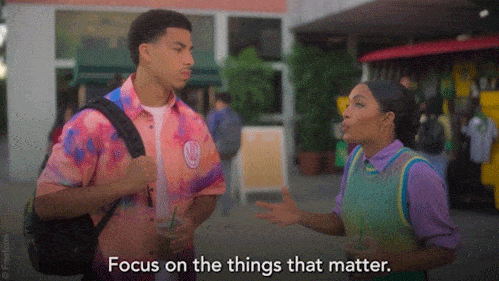- Swiftemp Spotlight
- Posts
- Automation and the Human Touch
Automation and the Human Touch
Why Manufacturing Needs Both for True Operational Excellence
Finally—the election is over. I, for one, am relieved the flood of random texts and calls will finally stop. One of the “perks” of living in a battleground state, right? It’s been non-stop for months. But now, with the election behind us, it feels like everyone—and the industry—can finally take a breath.
Now, I'm writing this before the election, so I have no idea who won or lost. But I do know one thing: Wednesday will come, just like it always does. I’ll wake up, make breakfast for my kids, have coffee with my wife, and get on with the day. Manufacturing jobs will still need filling, my hundred phone calls will still be waiting, and the sun will set at 5:40 PM, right on cue. Another day in the books.
So, win or lose, remember what really matters. Politics will always be there, but what’s truly important is the people you love and the ones who depend on you.

Automation and the Human Touch: Why Manufacturing Needs Both for True Operational Excellence
In the manufacturing landscape, automation is transforming the way we work. Machines and systems are now capable of handling repetitive tasks with precision and speed, reducing errors, and streamlining production. But while automation brings impressive gains, it doesn’t replace the need for skilled labor—workers who bring adaptability, problem-solving skills, and the kind of creativity that machines just can’t replicate.
The reality is that a balanced approach is where manufacturing shines. Automation alone can make processes faster, but it's the human element that enables flexibility, handles the unexpected, and continues driving innovation. Skilled employees are essential for making adjustments, troubleshooting issues, and applying critical thinking to improve processes—especially when something doesn’t go as planned.
Plus, the collaboration among team members on the floor often leads to those small, impactful ideas that make a real difference in productivity and safety.
So, as manufacturing moves forward, consider how to create an environment where both automation and people are leveraged effectively. Encourage cross-training to make workers comfortable with new tech, create pathways for ongoing learning to keep their skills sharp, and foster a culture where human insight is valued as much as machine efficiency. This mix of automation and human expertise not only optimizes operations but also builds a resilient team that’s ready to adapt as the industry continues to evolve.
Remember, true operational excellence comes from the balance between technology and talent—and this balanced approach is what will keep manufacturing both innovative and adaptable.

Today in History
1805 - Lewis and Clark Expedition Reaches the Pacific Ocean: The Lewis and Clark Expedition, led by Meriwether Lewis and William Clark, reached the Pacific Ocean at the mouth of the Columbia River, marking a significant milestone in their journey across the western United States.
1944 - FDR Wins Fourth Term: Franklin D. Roosevelt was re-elected as U.S. president for an unprecedented fourth term, making him the only president to serve more than two terms.
1962 - Eleanor Roosevelt Passes Away: Eleanor Roosevelt, former First Lady, diplomat, and human rights activist, passed away. She was a prominent figure in promoting human rights and social justice throughout her life.
2000 - Controversial U.S. Presidential Election: The U.S. election between George W. Bush and Al Gore took place, leading to a prolonged and controversial vote count, especially in Florida. The election results were ultimately decided by the Supreme Court.
1917 - Russian Revolution: The Bolshevik Party, led by Vladimir Lenin, seized control of the government in Russia, initiating the October Revolution (Julian calendar) and leading to the creation of the Soviet Union.
